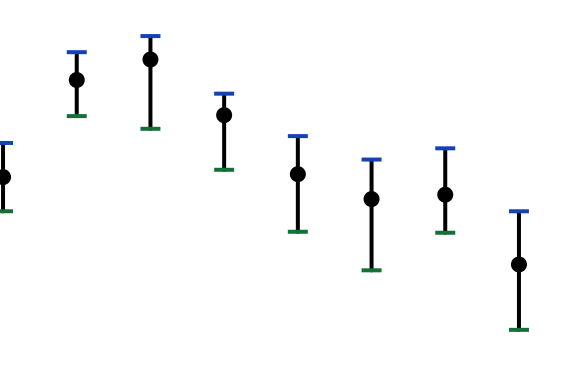 There are a few rules to follow when presenting data...
There are a few rules to follow when presenting data...
Key Concepts
Use the headings of a table to include the symbol, units, order of magnitude and uncertainty of data collected.
\(t/\)s
This indicates that you are recording values of time with negligible uncertainty (perhaps because you have recorded the experiment) in seconds.
\(s \pm 0.1 /10^{-3}\)m
This indicates that you are recording values of displacement, probably in mm (converted into metres) and with an uncertainty of \(0.1 \times 10^{-3}\)m.
Down a column we would expect to see a constant number of decimal places (unless the sensitivity of your measuring device changes midway through the experiment). When calculating the latter values in a row, we would expect a consistent number of significant figures.
How much of Presenting data have you understood?




 Twitter
Twitter  Facebook
Facebook  LinkedIn
LinkedIn